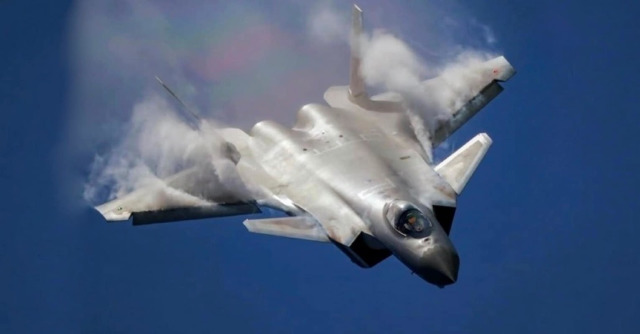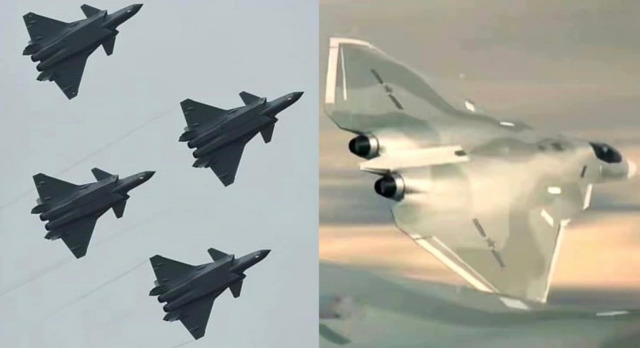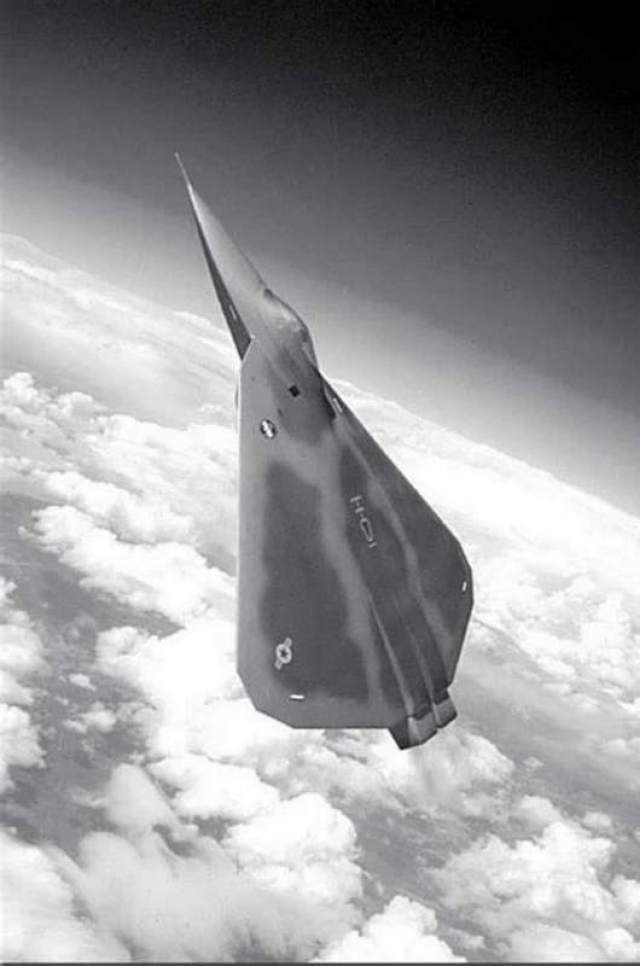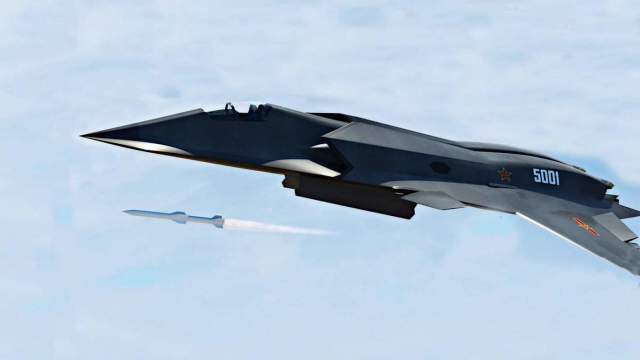The Aviation Industry Corporation of China (AVIC) on January 31, 2023 published a video recording of the concept of a tailless fighter. According to Chinese sources, it is connected with the country's efforts to develop a sixth-generation fighter. China and the United States are currently in competition for the world's first and most powerful sixth-generation fighter jets. Moreover, senior US Air Force officials have repeatedly warned that China may be the first to adopt such an aircraft.

Fifth-generation fighter jet J-20 of the Chinese Air ForceThese two countries are the only ones that use fifth-generation fighters of national production at the squadron level.
At the same time, China produces the heavy twin-engine J-20 and develops the medium FC–31, and the United States produces the much lighter single-engine F-35.
Tailless gliders are expected to become a key distinguishing feature of sixth-generation fighters, and the images shown by ACIV are noticeably reminiscent of the J-20, but with a diamond-shaped triangular wing and without a tail.

Image published by ACIVThe presented images increase the likelihood that the J-20 will become the basis for the development of a sixth-generation fighter.
It is believed that other functions of the sixth generation, primarily the ability to control drones and use directed energy weapons, which are currently being developed for the J-20 and can be integrated into both airframes in the current configuration, as well as into more inconspicuous tailless derivatives of the delta wing, if they appear.
As its own analogue of the J-20, the adaptation of a fifth-generation fighter to a tailless glider to improve stealth performance was also considered in the United States. This led to the X-44 Manta program. In the American version of the design, a thrust vector control system was used to compensate for the lack of tail and rudder surfaces and to provide yaw, pitch and roll control (but it never approached the prototype stage).

X-44 Manta. SketchResearch under the Manta program began in the mid-1990s, but was discontinued in 2000, more than half a decade before the basic F-22 entered service.
The F-22 model has not progressed to any variants other than the basic single-seat F-22A fighter. Production of the latter was stopped ahead of schedule due to a wide range of problems with the aircraft. The first F-22s are scheduled to be decommissioned later in 2023, after completing only a small part of their service life.
It is assumed that the J-20 model, similar to the X-44, although with avionics and sensors of the sixth generation, can serve as an intermediate stage until a clean design of the sixth generation fighter is developed, or provide a cheaper alternative to such a fighter. Taking into account the fact that the American sixth-generation fighter is estimated at several hundred million dollars per airframe and more than a billion dollars for the service life of each aircraft, a derivative model of the sixth generation from the J-20 will provide much more economical means of achieving higher-level stealth capabilities. In addition, it is likely that the production of a new aircraft at the facilities of the current basic J-20 will be much easier and, possibly, will receive significant common features in maintenance.
In general, foreign experts agree that, although the development of a promising fighter is undoubtedly a priority for the defense sectors of China and the United States, neither the nature of the AVIC images nor the assumptions about the connection of its design with the J-20 add clarity to the question of the design of the Chinese sixth-generation fighter.
According to the materials of the resource militarywatchmagazine.com

